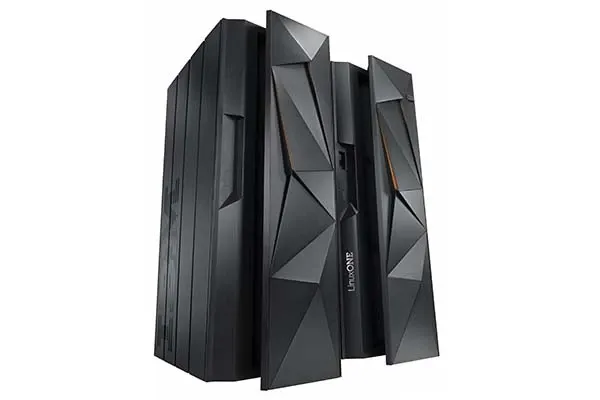Siemens Honors Pioneering Inventors for the 30th Time
This year, for the 30th time, Siemens is awarding the title “Inventor of the Year” to outstanding researchers working in Germany, the United States, China, and Switzerland.

At the last month's Linux Foundation Open Source Summit, IBM announced that it will be contributing implementation rights to key technologies to the open community, further building upon long legacy of open source development. IBM is opening the POWER Instruction Set Architecture (ISA), which is critical to how hardware and software work together on POWER.
With the ISA and other technologies being contributed to the open community, developers will have the tools to build innovative new hardware that takes advantage of POWER's enterprise-leading capabilities to process data-intensive workloads and create new software applications for AI and hybrid cloud built to take advantage of the hardware's unique capabilities.
IBM will also contribute other technologies including a softcore implementation of the POWER ISA, as well as reference designs for the architecture-agnostic Open Coherent Accelerator Processor Interface (OpenCAPI) and the Open Memory Interface (OMI). The OpenCAPI and OMI technologies help maximize memory bandwidth between processors and attached devices, critical to overcoming performance bottlenecks for emerging workloads like AI.
"With this announcement, IBM is taking another significant step in driving innovation across the industry through open technology and open source," said IBM's OpenPOWER General Manager Ken King. "With our recent Red Hat acquisition and this announcement, IBM becomes the only processor vendor and POWER becomes the only commercially-available architecture with a completely open system stack, from the foundation of the hardware through the software stack.
To help guide these technologies through the next phase of their open journey, IBM also collaborated with the OpenPOWER Foundation to announce that OpenPOWER will move under the Linux Foundation, and will operate consistently with the Linux Foundation's open governance principles. Collaborating with OpenPOWER members Red Hat, NVIDIA, and Mellanox, IBM led the delivery of the two most powerful supercomputers in the world, the US Dept of Energy's Summit and Sierra.